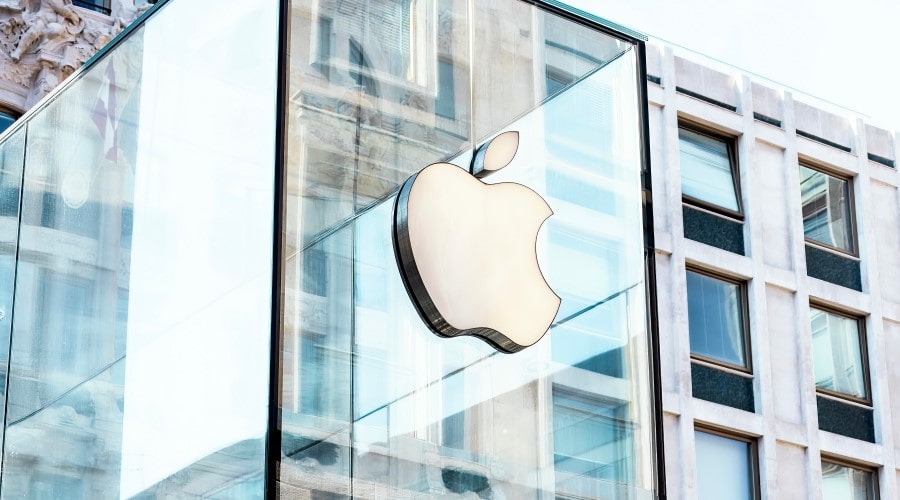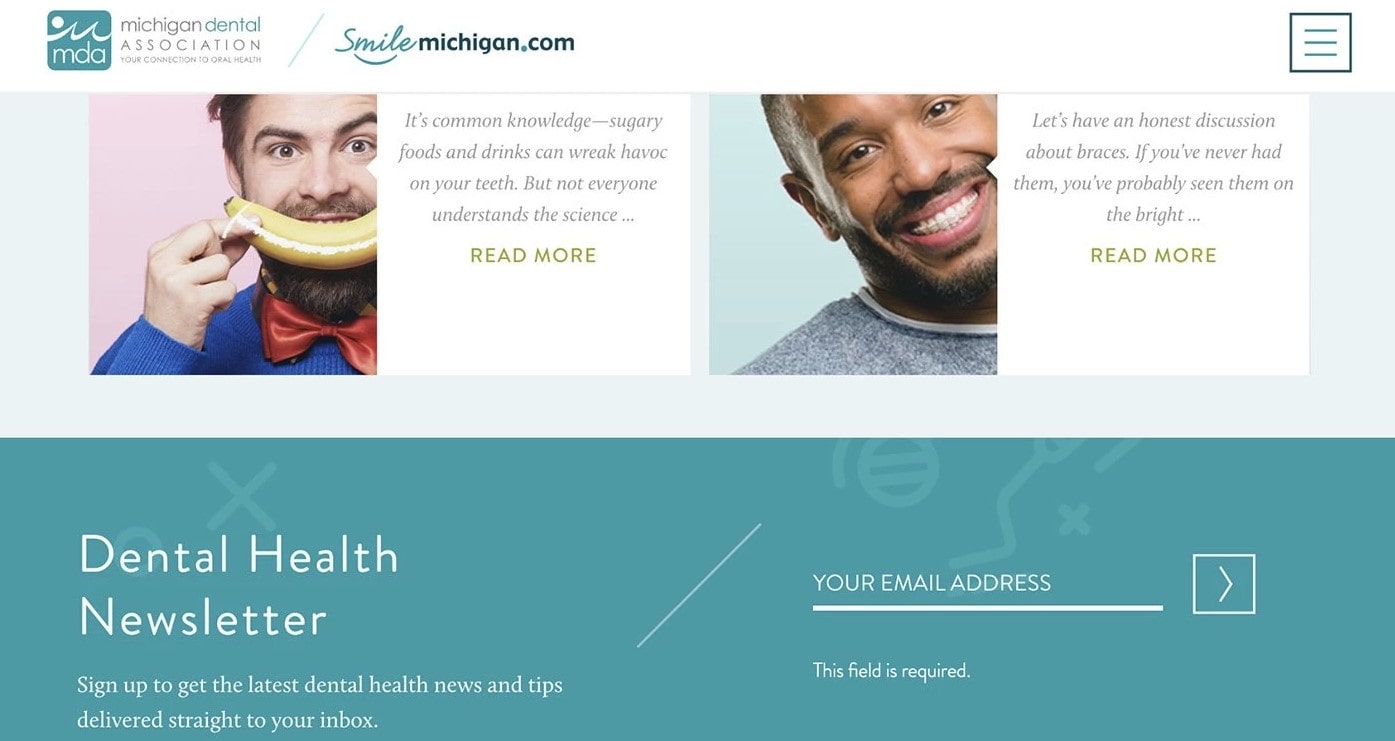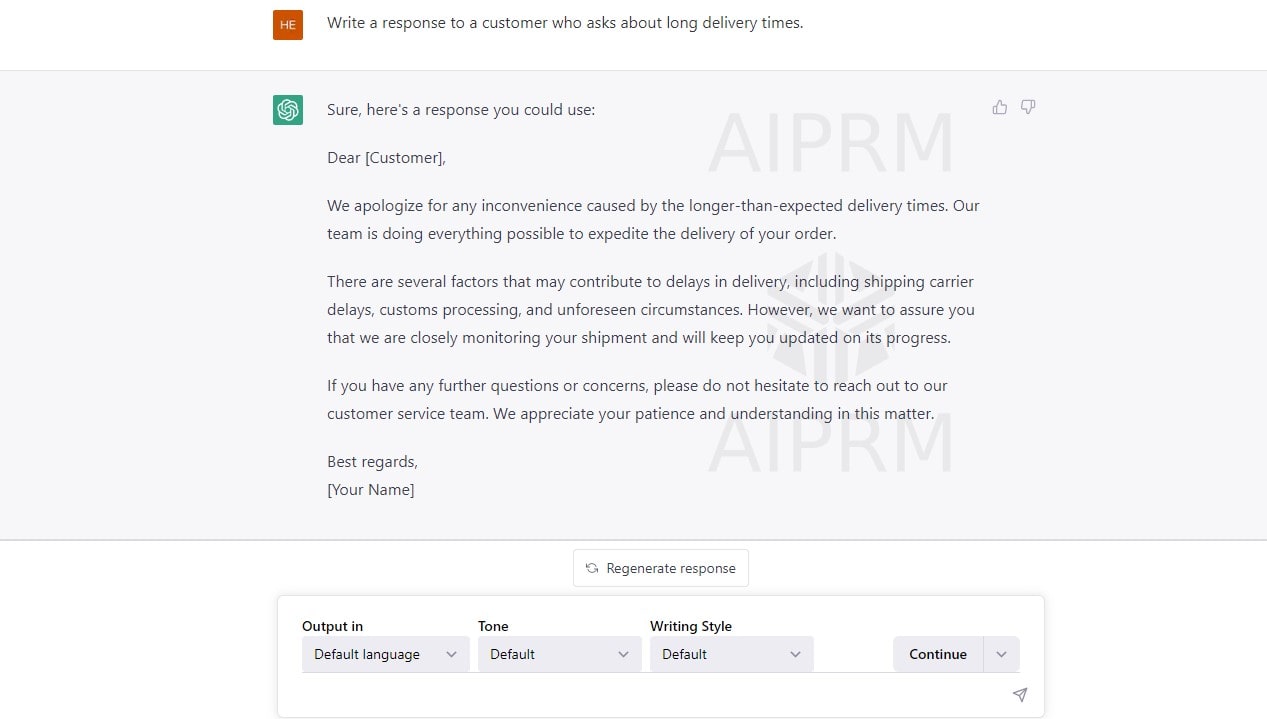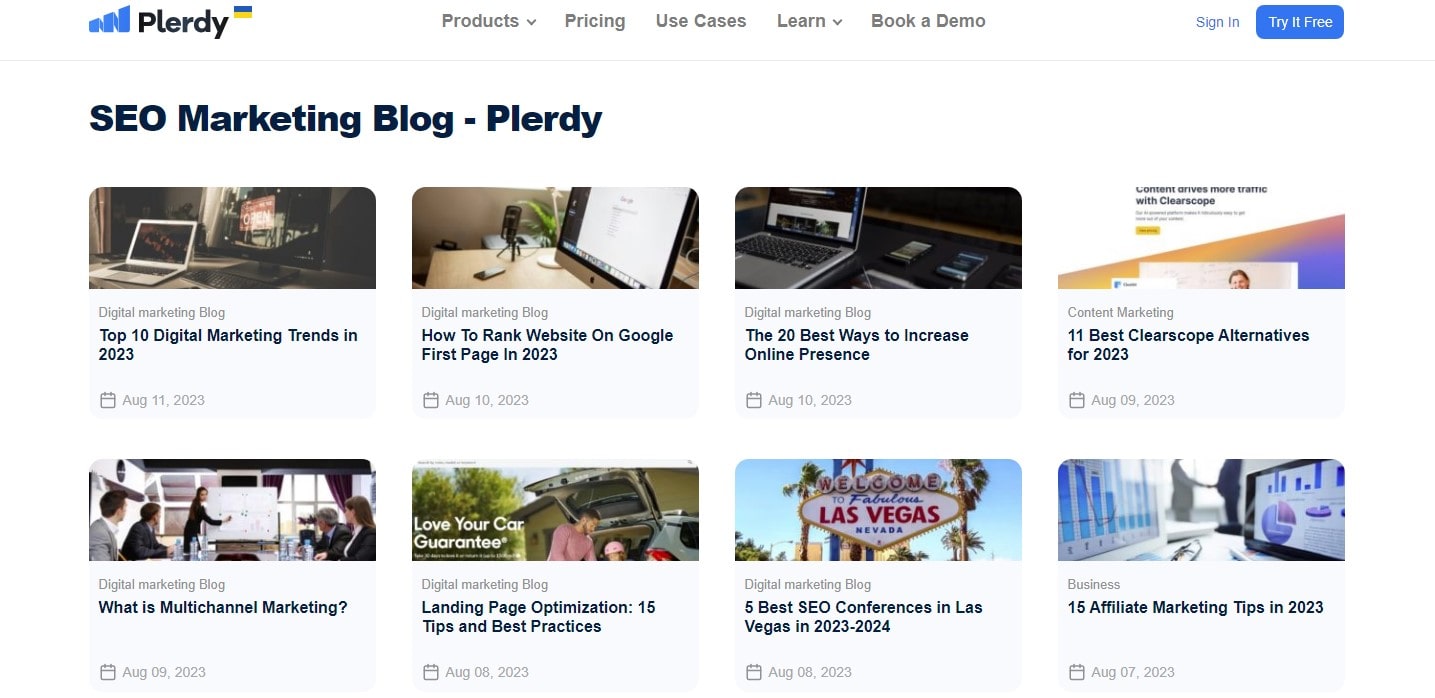In 2023, embracing top-notch outbound marketing strategies is a priority for businesses across various sectors ?. Unlike the predictable methods of the past, contemporary approaches are offering unique ways to engage potential clients. Here’s an insight into these advanced techniques:
- Content Syndication: Bridging the gap between you and targeted audiences in the tech industry.
- Event Marketing: Creating buzz and excitement in the healthcare niche through innovative expos and conferences.
- Personalized Emails: Tailoring communications for specific consumer interests in the fashion sector.
Emphasizing a customer-centric focus, these methods actively connect businesses with desired markets. They bring your brand to life, ensuring it stands out in a crowded marketplace. For instance, in the world of fitness, influencers might engage in social media advertising, promoting products through interactive videos and posts ?️♂️.

And if you’re aiming for enhanced Conversion Rate Optimization (CRO) & User Experience (UX), don’t pass up the opportunity to integrate Plerdy tools into your strategy. Plerdy offers unmatched efficiency in managing outbound marketing operations and interpreting customer behavior. Enhance your brand’s digital footprint today with Plerdy, and turn clicks into conversions ?.
Understanding the Shifts in Outbound Marketing Approaches
In 2023, the dynamics of outbound marketing strategies are shifting dramatically, driving businesses to rethink their traditional models. We’re witnessing a digital transformation – digital tools are now embedded in every strategy, thereby revolutionizing the way businesses engage potential clients.
One shift is the rise in the usage of technology in programmatic advertising. AI automates ad buying and placement, reaching customers at the correct time and place.
- For instance, the tourism industry is capitalizing on this trend by targeting travelers with personalized ads based on their browsing habits and preferences. Furthermore, the age-old practice of direct mail has evolved. Businesses are creating an engaging, interactive, digital experience to complement their physical mail – enhancing customer interaction.
- A retail store, for example, might send a personalized catalog with a scannable QR code, providing a seamless transition from physical to digital shopping. Outbound marketing is also turning to Influencer partnerships, which is now a billion-dollar industry. From health and wellness to fashion and tech – influencers are lending their authenticity and wide reach to brands.
- In the fitness sector, for instance, influencers are helping to promote health products to their followers, resulting in significant growth for the companies they partner with.
This evolving landscape underscores the fluid nature of outbound marketing strategies. The future of marketing is an adaptive blend of technology, personalization, and innovation – creating an engaging, targeted experience for potential customers. Embracing these shifts will be the key to marketing success in 2023 and beyond.
Outbound Marketing Strategy 1: Advanced Programmatic Advertising

Heralding a transformation in outbound marketing strategies, advanced programmatic advertising emerges as a leading tactic for businesses in 2023. This strategy, harnessing the power of artificial intelligence, fine-tunes the ad purchasing process, offering automated precision that is unrivaled. It lets marketers create a compelling brand narrative for specific demographics and psychographics.
Consider the healthcare industry. A pharmaceutical company might deploy advanced programmatic advertising to target consumers looking for wellness supplements. The programmatic software will identify key characteristics from a wealth of data points, including:
- Browsing habits related to wellness and nutrition.
- Engagement with fitness brands or influencers.
- Past purchases of similar supplements.
Automated precision in the delivery of tailored ads is not only confined to the healthcare sector. The strategy can be adapted and utilized across various industries:
- The automobile industry, for instance, uses programmatic advertising to engage potential customers, highlighting the unique features of the latest models based on their known preferences.
- In the tech industry, brands can target users showing an interest in specific gadget trends or those who follow relevant influencers.
The possibilities are vast and growing. Nowadays, it’s about reaching the appropriate audience at the right time. This focused approach enhances user engagement and increases the likelihood of conversion.
Leveraging advanced programmatic advertising in an outbound marketing strategy facilitates precise customer targeting, contributing to higher return-on-investment. With this strategy, businesses can navigate through the clutter of digital noise and make a lasting impact – an essential move in the ever-evolving landscape of 2023’s marketing arena. By embracing this adaptive, automated marketing solution, businesses are setting themselves up for unprecedented success.
Outbound Marketing Strategy 2: Direct Mail with a Digital Twist

In a digital-first age, it might seem surprising that direct mail, an old-school outbound marketing strategy, is making a comeback. Yet, the method’s resurgence isn’t about a return to past practices. It’s a fusion of the tangible, personal nature of direct mail with the power and dynamism of digital experiences – creating a multi-faceted approach to engaging customers.
Consider an upscale restaurant aiming to attract customers. It could send out beautifully designed, physical invitations to a new menu launch. But with a twist – each invite could contain a QR code, linking the recipient to an immersive online experience:
- A video tour of the restaurant’s kitchen, offering a behind-the-scenes look at the preparation of dishes.
- An interactive digital copy of the new menu, complete with wine pairing suggestions.
- A personalized message from the head chef creating an emotional connection.
This approach isn’t confined to the hospitality sector. Retail, healthcare, and education sectors can also integrate this strategy:
- A clothing brand could send a printed catalog with QR codes leading to 360-degree views of clothing items on their e-commerce site.
- Healthcare providers can distribute brochures with online appointment scheduling links.
- Prospective students could receive physical brochures with a virtual campus tour link.
Integrating the digital component doesn’t merely enhance the experience; it also allows for data collection and precise measurement of engagement rates. It gives brands an edge, enabling them to follow up with more targeted digital ads or personalized offers.
Reimagining direct mail in this way leverages the best of both worlds. It blends the human touch of physical mail with the power of digital engagement. Businesses that successfully fuse these elements will make strides in the ever-competitive landscape of outbound marketing in 2023.
Outbound Marketing Strategy 3: Influencer Partnerships for Broader Reach

As businesses pivot to meet the demands of an ever-evolving market, influencer partnerships stand out as an influential outbound marketing strategy. In 2023, these partnerships are no longer just about celebrity endorsements – they’re about authentic engagement, narrative building, and amplified reach across a broad demographic spectrum.
A skincare influencer with a large following could work with a beauty company. This partnership could leverage the influencer’s credibility to bolster the brand’s image:
- Sharing authentic testimonials about the brand’s products.
- Collaborating on a limited-edition product line, co-branded with the influencer.
- Hosting giveaways on the influencer’s social media platform, generating buzz and excitement.
Influencers affect more than beauty and fashion. Businesses across various sectors, from tech to wellness, are forging ties with influencers to reach more potential customers:
- A fitness app could partner with a fitness influencer, offering workouts, health tips, or meal plans.
- An ed-tech platform might collaborate with a respected educator, creating exclusive online courses for their user base.
- An organic food company could team up with a renowned nutritionist, promoting their products through healthy recipes and lifestyle tips.
These agreements boost brand reputation and reach more people. The influencers, already respected in their respective fields, lend their reputation to the brands they partner with – enhancing the brand’s image and appeal.
In the realm of outbound marketing, influencer partnerships are proving to be a potent strategy. They allow businesses to tap into established networks, fostering authentic connections with potential customers. For those seeking to broaden their reach and influence in 2023, influencer partnerships will be an indispensable tool in their marketing toolkit.
Outbound Marketing Strategy 4: VR/AR in Experiential Marketing

Businesses are using VR and AR to create immersive experiences as marketing advances. This innovative outbound marketing strategy blurs the line between reality and the digital sphere, fostering deep engagement and transforming the way customers interact with brands.
Consider a luxury car brand launching its latest model. Rather than relying on traditional marketing channels, the company could harness the power of VR to let potential buyers:
- Take a virtual test drive, getting a feel for the car’s performance.
- Experience the car’s interior design, immersing themselves in its luxury.
- Use the car’s stereo system and navigation display.
VR and AR are not just for cars. It’s carving out a vital role in sectors as diverse as tourism, real estate, and retail:
- A travel company could provide a VR experience of a tropical destination, enticing customers to book their next vacation.
- Real estate firms might offer AR property tours, allowing potential buyers to visualize the space from the comfort of their own homes.
- Retail stores could use AR to let customers virtually try on clothes, enhancing the shopping experience and reducing the likelihood of returns.
VR/AR technology allows businesses to engage customers in a dynamic, immersive way, leaving a lasting impression. For innovative companies, this technology is becoming a marketing strategy. By integrating VR/AR into their marketing toolkit, businesses can go beyond the usual outbound marketing techniques, creating memorable, immersive experiences. This innovative approach transforms customer engagement, taking it from passive absorption to active participation. VR/AR-powered experience marketing will set 2023 businesses apart.
Outbound Marketing Strategy 5: Personalized Email Marketing with AI Integration

In an age of constant digital noise, personalized email marketing rises as a compelling strategy for companies to engage their customers. The 2023 landscape pushes it one step further with the integration of artificial intelligence. AI offers unprecedented levels of customization and interaction, turning email from a generic touchpoint into a rich, individualized conversation.
Consider a retail company looking to boost its customer engagement. With AI, the brand can tailor its email strategy to each recipient, incorporating aspects like:
- Tailoring product recommendations based on the customer’s browsing and purchase history.
- Dynamically adjusting email send times to match each recipient’s unique engagement patterns.
- Creating individualized content, such as personalized style guides or curated wish lists.
AI-driven personalization transcends the retail sphere and holds potential across various industries:
- In healthcare, AI could generate personalized health tips and appointment reminders based on patient records.
- For a streaming platform, the technology could curate movie and series recommendations based on viewing habits.
- In the travel industry, companies could offer individualized vacation packages tailored to each customer’s travel history and preferences.
As AI continues to learn and adapt, these personalized interactions only become more accurate and impactful over time. This enables brands to continuously engage their customers in a meaningful, highly individualized way.
AI integration transforms personalized email marketing from a simple broadcast tool into a smart, responsive strategy. This digital evolution enables businesses to maintain relevant, ongoing conversations with their customers. In the crowded marketing landscape of 2023, businesses that effectively leverage AI to personalize their email marketing strategy will shine brightly in the customer engagement sphere. Outbound marketing’s future is knowing customers and addressing their needs.
Outbound Marketing Strategy 6: Robust Telemarketing Using AI and Data Analytics

AI and data analytics changed telemarketing. These technologies bring a level of precision and effectiveness to outbound marketing strategies that was previously unattainable.
Imagine a telecommunications company looking to increase its market share. Armed with AI and data analytics, it could employ telemarketing strategies like:
- Making use of AI-powered calling systems that optimize the time of day for calls based on individual customer’s interaction history.
- Employing data analytics to identify high-value prospects based on demographic information and behavioral patterns.
- Utilizing AI scripts that adapt conversation flow in real-time based on customer responses.
The potential of this strategy extends beyond the telecommunications sector. In virtually any industry, businesses can harness AI and data analytics to drive their telemarketing efforts:
- Financial institutions could use these technologies to upsell or cross-sell products to existing customers.
- Utility providers might leverage data analytics to target households likely to switch providers.
- Even charities could use AI to identify potential donors based on philanthropic trends and demographic data.
By employing AI and data analytics, telemarketing evolves from a shot-in-the-dark approach to a pinpointed strategy, where every call is targeted and optimized for success. This not only increases the chance of positive customer engagements but also ensures businesses make the most out of their marketing resources.
In the marketing sphere of 2023, businesses utilizing robust telemarketing strategies powered by AI and data analytics are uniquely positioned to foster meaningful customer interactions. As customers increasingly crave personalized experiences, companies that deliver these through intelligent, data-driven telemarketing will be a step ahead in the competitive business landscape. By making every call count, companies are set to optimize their outbound marketing efforts like never before.
Outbound Marketing Strategy 7: Enhanced Content Syndication

Bringing new light to outbound marketing strategies, enhanced content syndication takes the spotlight in 2023. The approach involves dispersing relevant, engaging content across various online platforms, capturing attention and fostering a broader audience reach. The amplification power of content syndication turns it into an invaluable cog in the marketing machinery.
To illustrate, let’s delve into the pharmaceutical industry. A company specializing in medical research can leverage content syndication to broadcast its cutting-edge discoveries and medical advancements. The strategy might unfold as follows:
- Share blog posts on industry-specific platforms where physicians and healthcare professionals congregate.
- Distribute infographics through visual-focused platforms to distill complex research into understandable, bite-sized pieces.
- Amplify the reach of white papers through academic and research-focused channels to foster credibility and thought leadership.
Now, picture the same strategy deployed in different sectors, for instance:
- A tech start-up syndicating its case studies across entrepreneurial and innovation-centered platforms.
- An eco-friendly fashion brand disseminating style guides and sustainability articles on fashion blogs, forums, and media outlets.
Enhanced content syndication allows for consistent and potent brand messaging while capturing the attention of audiences that may not have been accessible via traditional channels. This strategy dials up brand visibility, and if the content truly resonates – it can stir up audience interest and interaction, driving prospects down the conversion funnel.
The beauty of enhanced content syndication lies in its adaptability to any sector. Whether it’s technology, healthcare, fashion, or beyond – this strategy amplifies the brand’s voice and projects its values, beliefs, and offerings to wider, more varied audiences. It’s no longer about shouting into the void but strategically placing your voice where it matters most.
Outbound Marketing Strategy 8: Customized Webinars and Online Events

The stage is set, lights are on, and the audience is eager – welcome to the realm of customized webinars and online events in outbound marketing strategies. These virtual gatherings provide a platform to engage with potential customers, offer insights, and strengthen the brand persona. High-quality, personalized content delivered in real-time sparks interest, fosters connections and drives conversions.
Let’s explore how this can play out in different niches:
- For a burgeoning fintech firm, webinars could dissect complex financial topics, breaking them down into digestible bits, thus positioning the brand as an authority and guide in the financial labyrinth.
- An organic food company could host online cooking classes and nutrition talks, sharing recipes that feature their products and thus promoting a healthy, eco-conscious lifestyle.
Each webinar, each online event must be meticulously tailored to resonate with the specific target audience. Here’s what’s essential:
- Understanding the audience: Demographics, interests, and pain points should shape the content of the webinar.
- Designing engaging content: Dry, drab presentations won’t cut it. Incorporate storytelling, vibrant visuals, and real-life examples to bring the content alive.
- Creating an interactive experience: Use polls, live Q&A, and breakout sessions to encourage participation.
- Offering value: The audience should walk away with valuable insights, practical tips, or new skills.
Employing such a strategy in outbound marketing allows brands to cast a wide net while maintaining a personalized touch. Customized webinars and online events can capture and hold the audience’s attention, stimulate meaningful interactions, and cultivate a robust community of followers and customers.
In the vast landscape of digital marketing, these virtual events serve as a beacon – drawing in potential customers, illuminating brand values, and guiding prospects on their journey with the brand. It’s about talking in the living room, not shouting from the rooftops. It’s about making connections that stick, fostering relationships that last, and creating experiences that truly matter.
Outbound Marketing Strategy 9: Trade Shows and Networking Events with Safety Measures

Trade exhibitions and networking events outperform internet outbound marketing techniques. It’s where brands can shine brightest, captivating attendees with impressive displays, engaging demonstrations, and person-to-person connections. Yet in a world where safety concerns have become paramount, it’s crucial to marry these traditional approaches with contemporary safety measures.
Visualize a technology trade show where a leading AI firm showcases its state-of-the-art solutions. Attendees get a firsthand experience, interacting with novel systems, experiencing their utility, and grasping their transformative potential – all within a safe, controlled environment.
Such events, however, require a considered approach, balancing marketing aims with public safety. The measures to consider include:
- Advanced registrations: To prevent overcrowding, manage visitor flow through advanced registrations and staggered entry times.
- Hygiene protocols: Regular sanitation, accessible hand sanitizers, and adherence to mask mandates are non-negotiable.
- Spacious layouts: Designs should allow for social distancing, creating safe areas for demonstrations and discussions.
- Digital brochures: Minimize physical contact by replacing traditional promotional materials with digital alternatives.
Safety-assured trade shows and networking events help brands cast their net wide, engaging with a variety of stakeholders, from potential customers to industry peers, while demonstrating a commitment to public health and safety.
Adapting these traditional outbound marketing strategies to the modern era’s demands allows brands to demonstrate resilience, creativity, and respect for their community. Businesses that embrace this approach not only elevate their marketing strategy but also strengthen their relationship with their target audience, instilling trust and fostering loyalty. Isn’t that the whole point of business? Connecting, communicating, and carving a niche that sets the brand apart – safely, responsibly, and effectively.
Monitoring and Measuring the Success of Outbound Marketing Strategies
For any outbound marketing strategy to be deemed successful, it must stand up to rigorous analysis. A meticulously planned and executed campaign can seem like a triumph, but without solid metrics to back up its effectiveness, it may not provide the expected value. So, how do we measure success in the complex landscape of outbound marketing?
Consider a campaign run by a clothing retailer. They’ve crafted compelling TV ads, intriguing billboards, and engaging radio spots. But the job doesn’t end with broadcasting – it’s essential to monitor the impact and measure the results. It’s about gauging the ripple effect – tracking how many potential customers were reached, intrigued, and motivated to make a purchase.
Monitoring and measurement should revolve around several key factors:
- Reach: This shows the campaign’s reach by counting how many potential clients saw the marketing.
- Response Rate: It’s not enough to just reach potential customers; they should interact with your message. This can be measured by the number of call-to-actions fulfilled.
- Conversion Rate: The ultimate measure of success, it involves determining how many potential customers turned into actual customers.
- ROI: By comparing the campaign’s costs with the profits from conversions, you can calculate the return on investment – a crucial measure of campaign effectiveness.
Insights gained from this analysis will help fine-tune future outbound marketing efforts, ensuring a strategy that’s not just intuitive but data-driven. By identifying what worked and what fell flat, you can craft more effective campaigns in the future, maximizing reach and conversions while optimizing budget allocation.
In essence, effective monitoring and measuring provide the compass for your outbound marketing strategy. It’s your GPS, report card, and guide. Success lies not just in launching well-crafted campaigns but in understanding their impact to shape future efforts.
Conclusion
Navigating the complex maze of outbound marketing in 2023 requires the adoption of strategies that resonate with today’s dynamic and multifaceted audiences. Whether it’s leveraging content syndication for ecommerce or employing telefonakquise for targeted B2C communication, the landscape is rich with opportunities ?. Things have evolved beyond traditional means, such as interruptive fernsehspots, towards more thoughtful and customer-centric approaches. Tradeshow appearances and LinkedIn advertising have become essential tools, especially in professionelle service sectors. Youtube marketing isn’t just a trend; it’s a major part of the outbound toolkit, along with content-rich podcasts and engaging webinars. Here’s a summary:
- Content Creation: Crafting insightful articles and blog posts adjusted to your target audience.
- Social Media Outreach: Utilizing platforms like Facebook and Twitter for greater visibility.
- Tradeshow Participation: Showcasing products at messen and exhibitions, attracting the right persons.
With the ever-changing digital landscape, integrating the Plerdy tool for SEO & UX analysis is an intelligent move for agencies and businesses. Providing in-depth insights, Plerdy helps you optimize every aspect of your marketing strategies, ensuring they’re zugeschnitten for your target market. Don’t stay on the sidelines – embrace Plerdy today and elevate your outbound marketing effectiveness ?✨.
